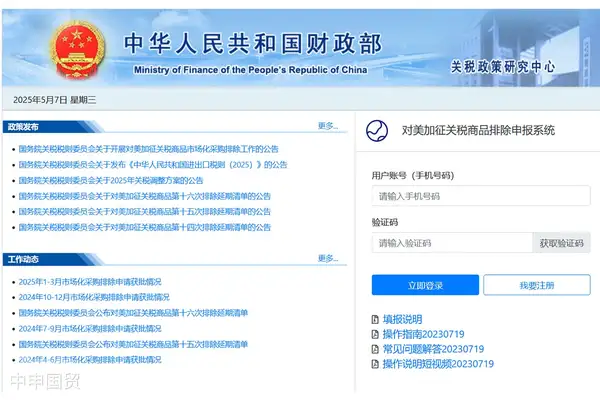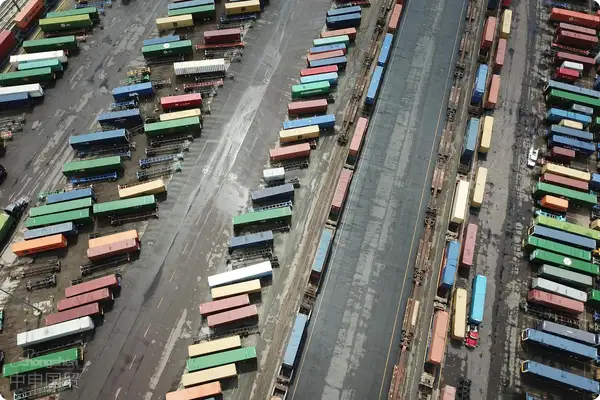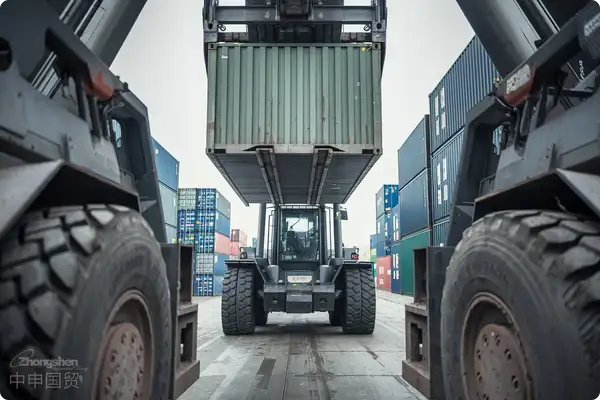- Shanghai Zhongshen International Trade Co., Ltd. - Two decades of trade agency expertise.
- Service Hotline: 139 1787 2118

Instrumentsequipment. For example, Indonesia has the SNI certification, Thailand has the TISI certification, and the Philippines has the BPS certification. It is necessary to confirm in advance the equipment voltage (such as 380V/50Hz in Thailand), the compatibility of the CE certification, and the proof of environmentally friendly materials.Industry Iceberg Map
The global laboratory equipment market size is projected to exceed $68 billion in 2025, with Chinas import share continuously rising to 37%. However, according to the latest data from the General Administration of Customs, the error rate in import declarations for precision instruments reaches 28.6%, with 64% of dispute cases originating from HS code classification errors.
Four Fatal Hidden Risks in Import Business
- Code Classification Traps:
- A biotech company mistakenly classified gene sequencers under item 9027 when they should have been under 8471, resulting in 13% overpayment of tariffs
- Laser cutting equipment imported with functional modules separated, triggering customs classification disputes
- Document Management Black Holes:
- New EU CE certification 2025 edition adds IVDRMedical EquipmentCertification Requirements
- 15% of enterprises experienced customs clearance delays due to upgrades in the US FDA pre-declaration system
- Transportation Plan Blind Spots:
- Precision optical instruments transported in ordinary containers had a damage rate as high as 22%
- Oversized laboratory equipment without special transport permits incurred port demurrage fees
Four-Dimensional Evaluation System for Quality Service Providers
- Professional Qualification Matrix:
- AEO advanced certified enterprises achieve 40% faster customs clearance
- Success rate differences in special goods import/export license applications reach 3 times
- Industry Case Database Depth:
- Fewer than 8 service providers have successfully handled synchrotron radiation equipment imports
- Significant differences in experience handling semiconductor testing equipment import disputes
- Global Network Density:
- Comparison of North American laboratory equipment consolidation and warehousing capabilities
- Number of countries covered by European TIR transport qualifications
Three-Stage Operational Model for Risk Prevention
- Pre - preparation Stage:
- Conducting equipment function pre-review saves 30% classification time
- Building a dynamic monitoring system for tax-free quotas
- Execution control phase:
- Implement a dual-track declaration strategy to mitigate compliance risks
- Establish emergency customs clearance funds to address sudden tariff increases
- Post-management phase:
- Utilize HS code traceability system to prevent three-year retroactive taxation risks
- Maintain whitelist for imported replacement parts of equipment
2025 trend forecast and response
With the full implementation of RCEP rules of origin, it is recommended to prioritize service providers with ASEAN production capacity. For the US 301 tariff review, establish a dynamic alternative procurement solution database. After the implementation of the EU Carbon Border Adjustment Mechanism (CBAM), carbon emission calculations for precision instrument transportation will affect customs clearance costs.
The value of high-quality agency services lies not only in reducing direct import costs by 3-8%, but more importantly in controlling customs clearance time fluctuations within ±3 working days through professional solutions, providing certainty for enterprise R&D cycles. Choosing service teams with practical cases in multiple fields such as medical devices, scientific research equipment, and industrial testing instruments will become the key differentiator for import business success in 2025.
Related Recommendations
Contact Form
? 2025. All Rights Reserved. Shanghai ICP No. 2023007705-2  PSB Record: Shanghai No.31011502009912
PSB Record: Shanghai No.31011502009912










